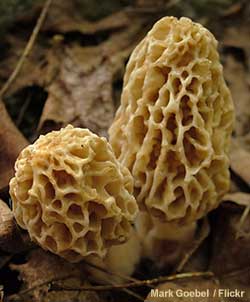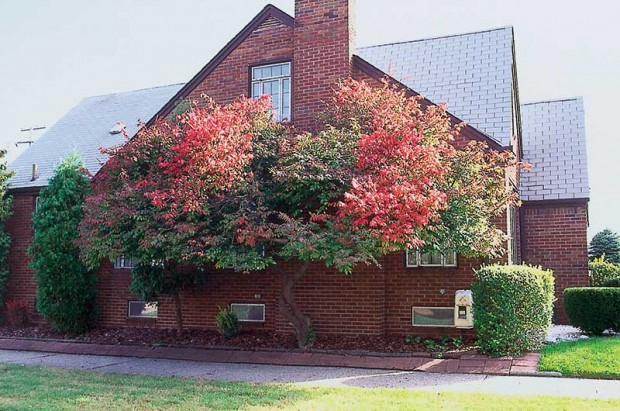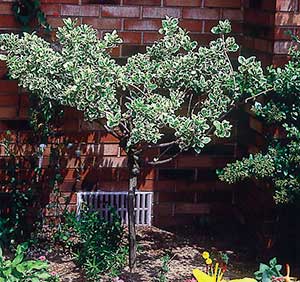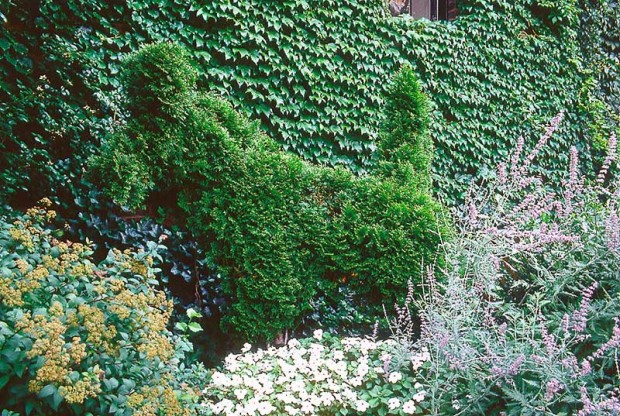
Lansing State Journal:
Get outside and train your eyes onto the forest floor. Morel season is on in Michigan.
“People are already finding the black ones around Jackson,” said Chris Wright, executive director of the Midwest American Mycological Information.
That name roughly translates to “people who love growing and foraging for mushrooms.” The Farmington Hills-based nonprofit organization leads classes in safe mushroom foraging, which are required for people who want to sell mushrooms they’ve collected.
“There a big mystique about morels,” Wright said. “They only come up once a year, and it’s fun to trample through the woods and try to find them.”



